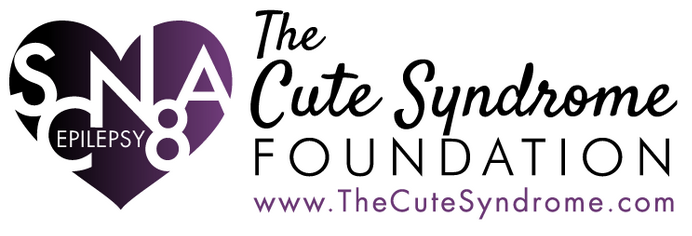Welcome

Alfred L. George, Jr., M.D.
Center Director
Channelopathies, particularly those involving voltage-gated sodium (NaV) and potassium (KV) channel genes, are responsible for a variety of epilepsy syndromes having diverse clinical severity. Further,
NaV and KV channels are important targets for many approved and investigational anticonvulsant drugs. Among the many genes associated with epilepsy, those encoding NaV and KV channels have the highest
cumulative variant burden (>2,000 variants in the Human Gene Mutation Database), accounting for approximately one third of all reported genetic variants associated with epilepsy and related neurodevelopmental
disorders. But differentiating pathogenic from benign variants and establishing genotype-phenotype relationships has become increasingly challenging because of explosive growth in the number of variants
discovered in research and clinical medicine. Channelopathy-associated epilepsies represent unique opportunities to meet the challenge of variant annotation because well-established in vitro functional
assay paradigms exist for these proteins, coupled with extensive knowledge regarding their contributions to neuronal function and drug response.
The CHANNELOPATHY-ASSOCIATED EPILEPSY RESEARCH CENTER is a multi-institutional and interdisciplinary research center that combines high-throughput technologies on non-neuronal cells with studies of human neuron
and animal model systems. The Center consists of three integrated research projects and two scientific cores involving a synergistic mixture of academic and industry scientists.
Project 1 is conducting a large-scale functional evaluation of variants in genes encoding voltage-gated ion channels frequently associated with monogenic epilepsy.
Our findings will be curated in a publically accessible location and the data will be used to help revise variant classifications.
Project 2 is investigating human neuron models of channelopathy-associated epilepsy using conventional electrophysiological methods and an especially innovative,
industrial optogenetic approach (Optopatch) to stimulate and record data from hundreds of neurons simultaneously with single-cell precision.
Project 3 is developing and investigating new mouse
models of channelopathy-associated epilepsy and comparing variant ion channel dysfunction across model systems.
Projects are being aided by collaboration with a Variant Prioritization and
Curation Core and a Mutagenesis and Cell Expression Core. A key objective of our Center is to determine to what extent non-neuronal cell models can predict effects of ion channel variants
in neurons and brain. Our overarching goal is to promote transformative advances in our understanding of the functional consequences of genetic variants in channelopathy-associated epilepsy,
and to enable a paradigm shift to a gene/variant-based taxonomy of epilepsy that harmonizes with traditional clinical classification schemes while guiding the implementation of precision medicine.
Investigator Meeting, Nashville December 2022

Community Partners
Share this page













